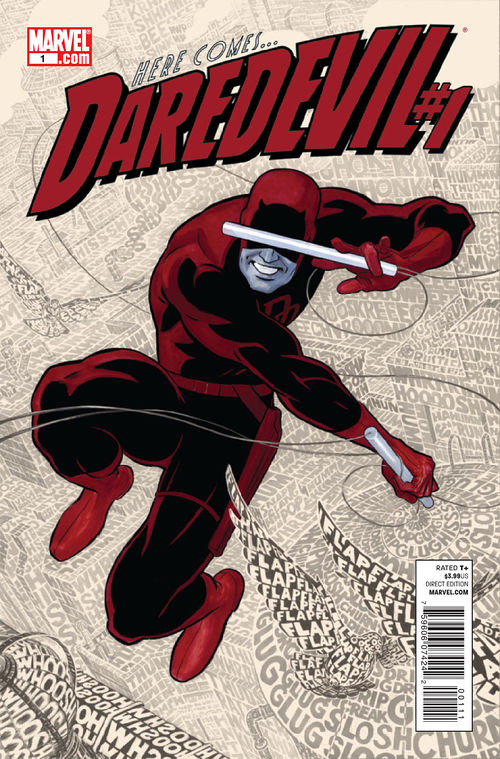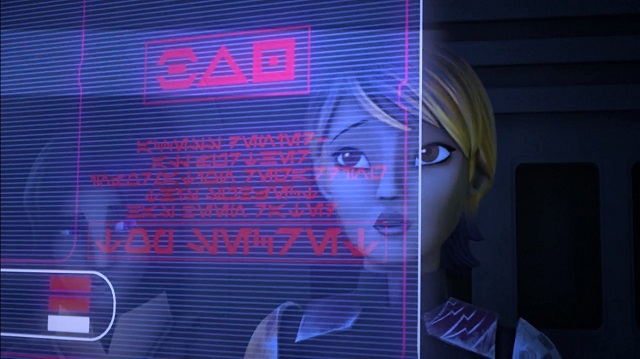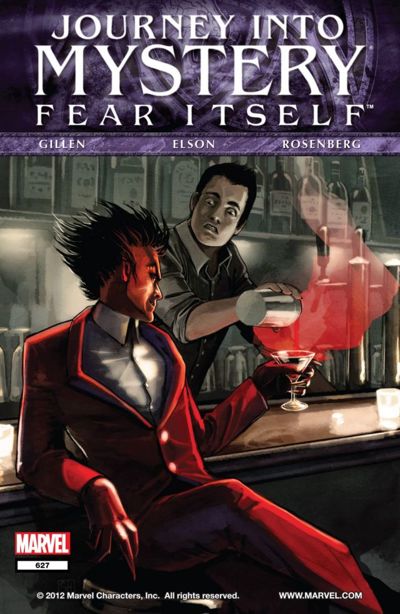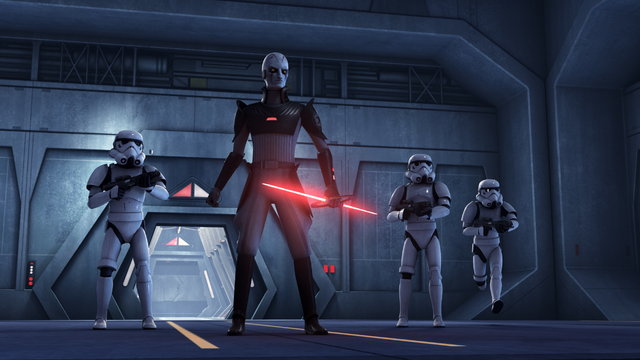 In past entries of Meet the Marvels we spotlighted the works of Jason Aaron and Kieron Gillen, writers of the new Star Wars and Darth Vader comics respectively. We are not going to discuss Kanan‘s Greg Weisman in this series, as Ben Wahrman already took a good look at his career, so we are going to finish this feature (for now) looking at Mark Waid, writer of the Princess Leia miniseries.
In past entries of Meet the Marvels we spotlighted the works of Jason Aaron and Kieron Gillen, writers of the new Star Wars and Darth Vader comics respectively. We are not going to discuss Kanan‘s Greg Weisman in this series, as Ben Wahrman already took a good look at his career, so we are going to finish this feature (for now) looking at Mark Waid, writer of the Princess Leia miniseries.
And boy, what a daunting task. While Aaron and Gillen are both excellent writers, their careers started relatively recently. But Waid is a real veteran. No, I’d even go beyond that label and say he’s a legend. Several comic book scholars (and this author) consider his seminal Kingdom Come series to be the dividing line between the Iron Age of Comics and the Modern Age. Yes: to some, he defined a whole era of comic book publishing, one marked by the marriage of the Silver Age’s sense of wonder and the Iron Age’s modern sensibilities. He’s written for extended periods almost every single iconic superhero, from Superman (co-writing the fantastic Superman 2000 proposal) and Batman, to the X-Men or Captain America, leaving his mark in all these well loved properties. He’s also very active in the community, never shying away from controversy and often offering a clear point of view on many polemical subjects. Some would call him larger than life. So how to choose just one issue to spotlight here? Read More

 We continue with our look back at representative works penned by the new writers of the Marvel Star Wars comics.
We continue with our look back at representative works penned by the new writers of the Marvel Star Wars comics. 
 The first issue of Marvel’s new Star Wars ongoing is in stores today, and it seems like the Marvel announcement was just yesterday. There’s a certain mistrust among the hardcore fans about this comic’s quality and it’s easy to see why: Dark Horse Comics were a class act, one that is going to be hard to follow, and modern Marvel are an unknown quantity for a big chunk of the fandom.
The first issue of Marvel’s new Star Wars ongoing is in stores today, and it seems like the Marvel announcement was just yesterday. There’s a certain mistrust among the hardcore fans about this comic’s quality and it’s easy to see why: Dark Horse Comics were a class act, one that is going to be hard to follow, and modern Marvel are an unknown quantity for a big chunk of the fandom.